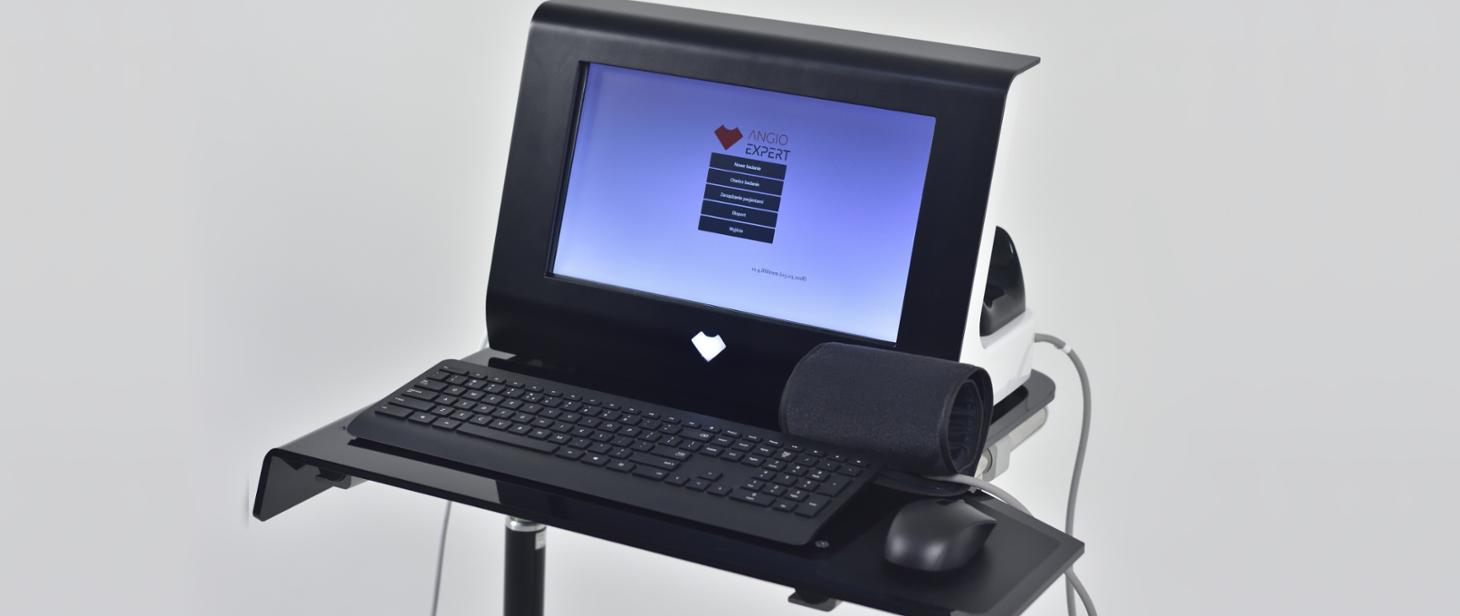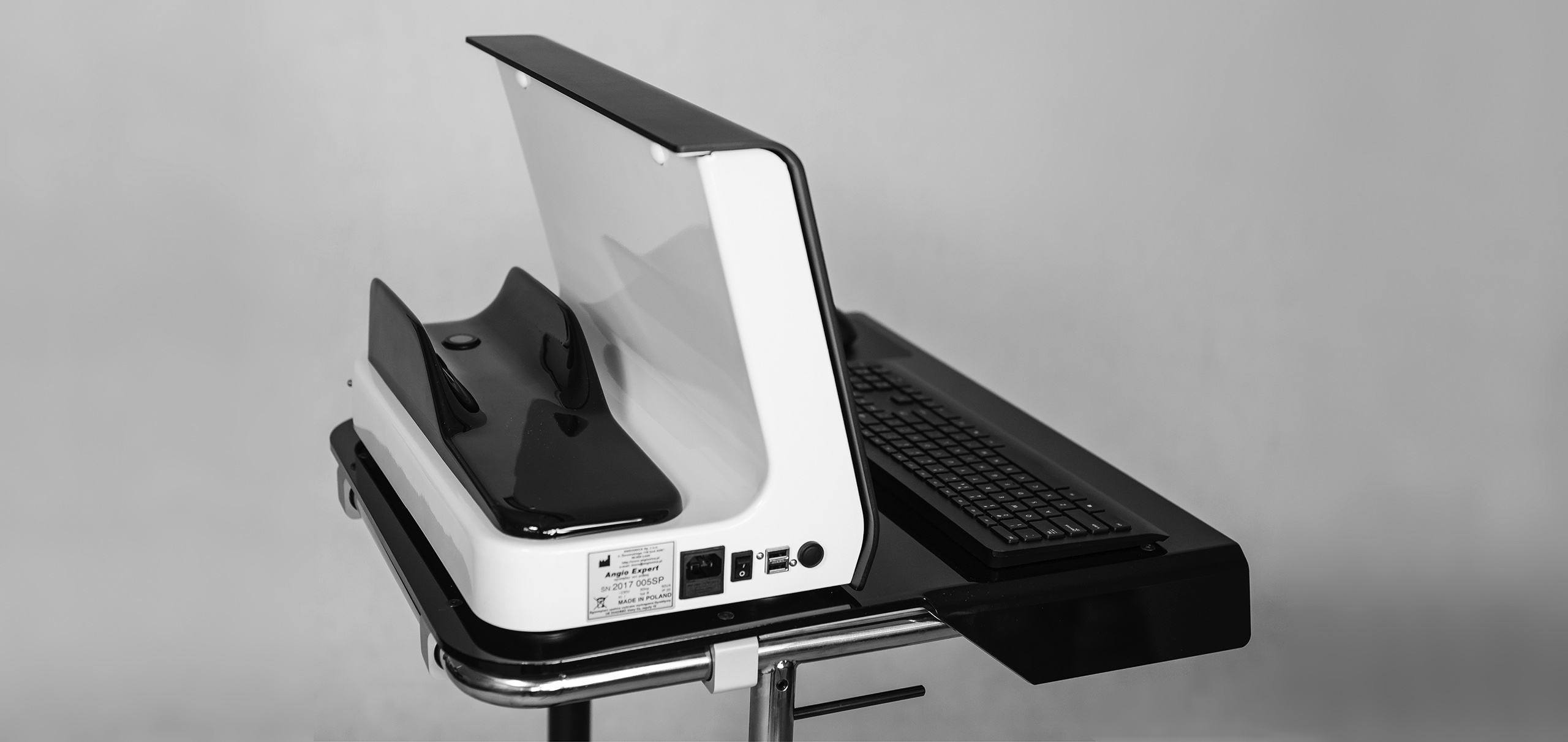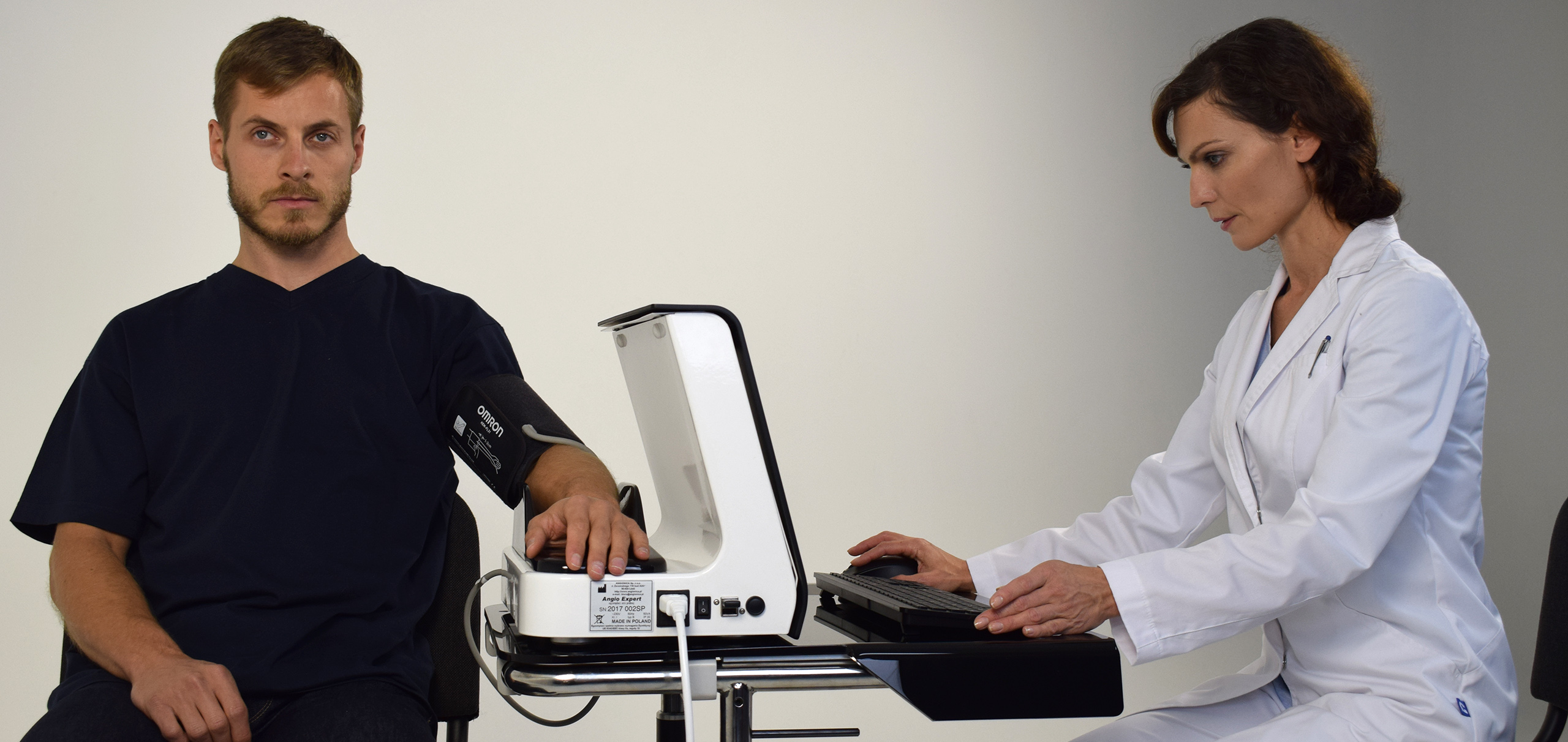A new technology for vascular circulation assessment
Cardiovascular diseases are among the most common lifestyle diseases. This warrants intensified efforts to find new diagnostic methods and tools for early detection and treatment monitoring, with special emphasis on the least invasive methods

 Project title
Project title
A new technology for vascular circulation assessment: Flow Mediated Skin Fluorescence (FMSF). The design of a prototype and its clinical verification
 Name of Beneficiary/Beneficiaries
Name of Beneficiary/Beneficiaries
Angionica Sp. z o.o.
 Name of programme
Name of programme
Smart Growth Operational Programme
 Competition
Competition
Fast Track
 Project value
Project value
PLN 3,018,145.00
 Funding value
Funding value
PLN 2,146,342.52
 Project delivery period
Project delivery period
From 01 October 2015 to 28 September 2018
Project authors:
prof. dr hab. Jerzy Gębicki, President of the Board at Angionica Sp. z o.o
prof. dr hab. Andrzej Marcinek, Member of the Board at Angionica Sp. z o.o.
View the results of our work
What problem is addressed by the project?
Cardiovascular diseases are among the most common lifestyle diseases. This warrants intensified efforts to find new diagnostic methods and tools for early detection and treatment monitoring, with special emphasis on the least invasive methods. Latest research shows that functional changes in skin microcirculation is correlated with changes in organ circulation and precede endothelial changes in large blood vessels. Angionica Sp. z o. o. offers a whole new method called Flow Mediated Skin Fluorescence (FMSF). The FMSF technology is used to assess microcirculation disorders in diabetes, cardiovascular diseases and hypertension. It also allows a prognosis on the healing of poorly healing wounds (including diabetic foot) and an assessment of the tolerance to physical exertion in amateur and professional sports. Furthermore, the method can be used to identify patients who qualify for preventive or therapeutic interventions, and refer them for further diagnostics if needed.
AngioExpert is a medical device for non-invasive FMSF-based diagnostics of cardiovascular disorders. Compared to alternative solutions on the domestic and international markets, the FMSF-based AngioExpert is a revolutionary new way of diagnosing vascular circulation disorders, responding to the development trends in the industry and the growing and increasingly complex customer requirements.
The know-how, professional experience and scientific track-record of the founders and Board Members of the Company make its product a transformative solution with the potential to have a significant impact on the medical-device industry.
Who uses the project results?
Based on the transformative FMSF technology, AngioExpert is a product innovation on a global scale. Designed to help assess endothelium condition in cardiovascular disorder diagnostics, the FMSF facilitates the detection of microcirculatory dysfunctions at early stages of disease, and allows simple, quick and non-invasive monitoring of the treatment process. Intended for daily medical practice, the FMSF technology should make a major contribution to advancements in the prevention and therapy of lifestyle diseases.
What was the greatest challenge during project implementation?
The greatest challenge of our project was to define the ultimate purpose of our product innovation involving a new method for diagnosing blood vessel condition. We were able to meet this challenge thanks to extensive cooperation with research groups from tertiary institutions in Łódź, Gdańsk and Poznań. The extensive interdisciplinary cooperation proved to be the greatest benefit of our innovative project. Moreover, it allowed us to dynamically promote a new diagnostic method in the scientific and medical communities.
Our project also faced the challenge of overcoming the rigid framework of the project, preventing us from heading in the best possible direction. And we were able to meet this challenge as well.
Our advice for other applicants
Through research & development projects financed by NCBiR, businesses are able to carry out top-level research & development, cooperate with other companies and research centres, including renown tertiary institutions. These benefits fully make up for the somewhat inflexible nature of the projects, hindering desirable changes that would further the objectives of both the project and the business.


